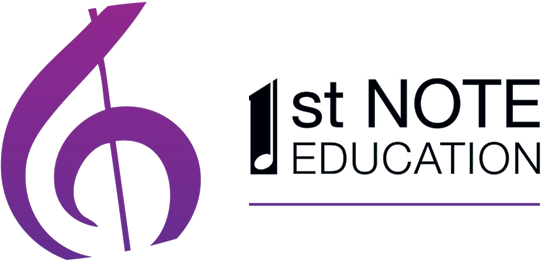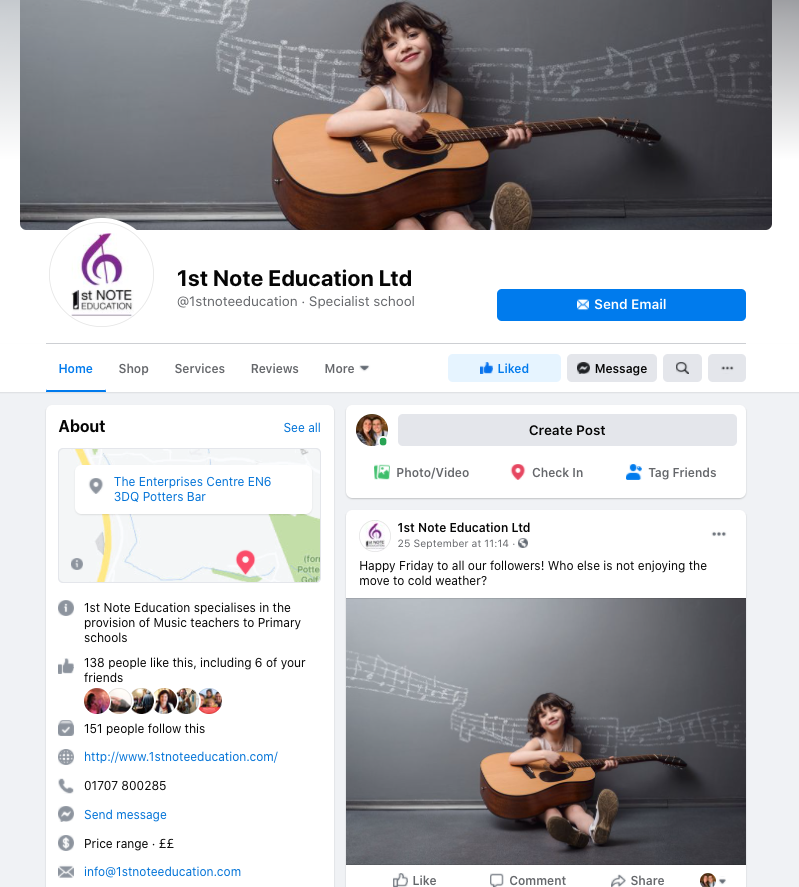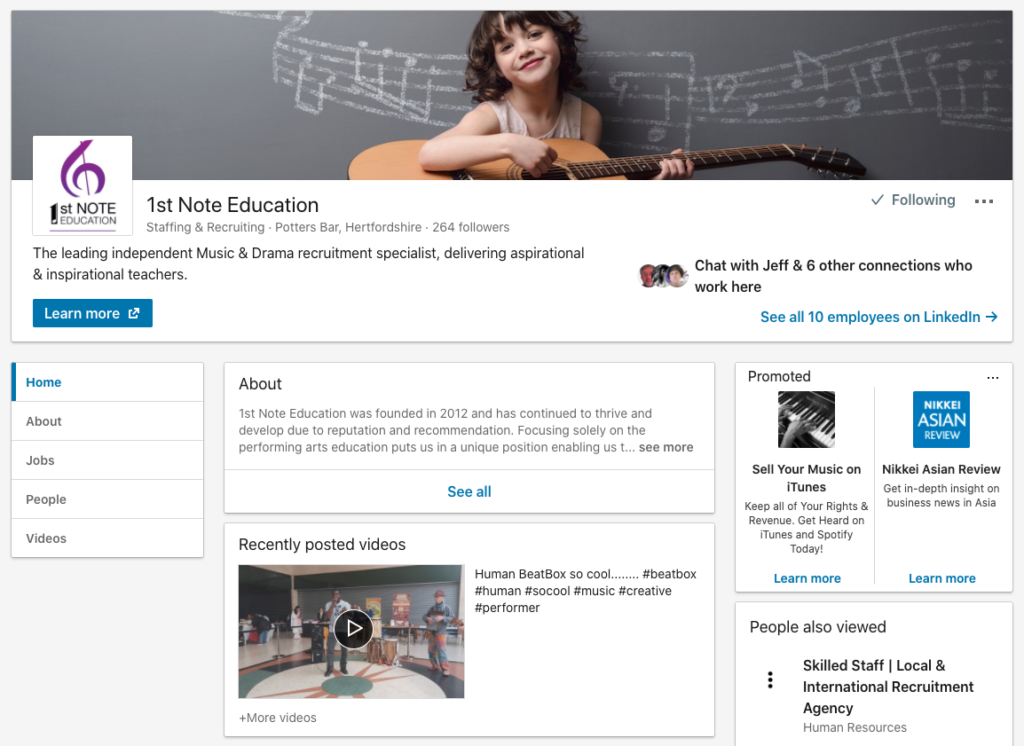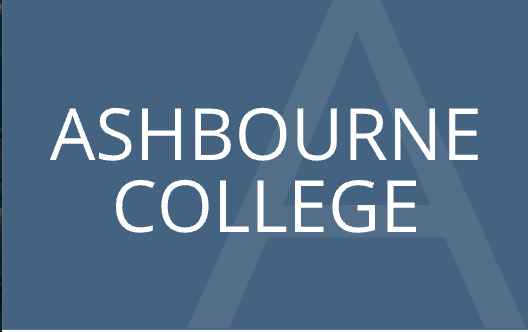Relating to the blog from last week (Off the Cuff in the classroom), I have found another article on the TES website highlighting the teacher workload and how they work continuously even after school hours.
 
To Be or not To Be?
The Classroom theatre – by Andy T
Think of the classroom as a stage, yourself as the director, and your class as the cast. Your lesson will be the production, with the children‚Äôs learning outcomes being the final performance. Who are the audience? …the parents of course! And your children‚Äôs performances will be the difference between getting a round of applause or a frown from the audience. We as teachers are all aspiring to be Steven Spielberg‚Äôs and Nora Ephron‚Äôs within the classroom, and with the correct direction, we can lead the children into award winning individuals.
The Stage- (The front of the class)
As the director of the cast, it is vital that the children know when it is their turn to perform and when it is your turn to direct. Have a specific spot at the front of the classroom that you stand in every time you address the children. With time, the children will associate that position as your ‘I’m going to direct the class now’ position, and usually start to go silent even before you have given the 3,2,1, countdown for attention. When you have finished giving the direction, move away from that spot and let the children continue. It sounds daft, but it really has relevance and staying in the same spot after giving direction will have nowhere near the same impact.
The Auditorium- (The class/ hall)
Know your surroundings! The bigger the arena, the more varied the situation will be. For instance, teaching music in a small classroom can be confined with some limitations such as movement, and the noise level can get unbearable. However, the children know the class well as they learn in it every day, so there is that home comfort of knowing that their surrounding is a learning area. Seating arrangements are usually in place when entering a classroom which eliminates mild problems, and teaching in a smaller class can make lessons more intimate. Raising your voice to get attention of the children shouldn’t be too difficult small classes either. A larger classroom bares similar qualities to a smaller classroom, yet boasts the advantages of more space to work in. Groups can sit on the carpet to work rather than confined. You can even introduce carpet time for listening and table time for activities. Again, this is association, and children can relate to certain places in the classroom where they can and cannot do things. With a larger classroom, the noise level is not so deafening as the sound can travel further, although your voice may have to raise a decibel or two when giving instruction. Make sure you are on top of chatters in a bigger classroom. Some children may think you have lost your sense of hearing if they are sitting at the back but just remind them that you are a music teacher and that your hearing is absolutely perfect just so they know. A hall can be your best friend for teaching music as long as you know how to use that space wisely. Firstly, dealing with excitable children that are in different surroundings can be a task to tackle. I don’t know why, but they feel the need to run into the hall as fast as they can and finish at the other side of the hall on their knee caps… thinking that they can spend the rest of the lesson spinning around on their backsides until the bell goes…Wrong!!! Nip in the bud straight away. Send them back out of the hall and ask them to re-enter correctly. If they turn into spinning tops during a lesson, politely ask them to refrain or stand them up. Halls are very reverberant. Sounds can bounce all over the place. So it is vital that when you are talking, the children are listening. Same rules apply when it comes to individuals or groups giving performances. You may need to raise your voice in a hall to get the attention of the children… this is a last resort if you have not mastered how to get their attention without shouting 3,2,1 or whatever works for you. Again, beware of the chatters and do not turn your back on any group. This will mean positioning your body when addressing a group in such a fashion that you can still see the rest of your pupils. The hall can be very advantageous. All of that space means that you can now cross-curriculate music with drama, dance, movement or any other subject that involves needing lots of room. The sound should be quite manageable as you are dealing with echo rather than the root of the sound… echo is softer.
Stage props- (Musical instruments)
A musical instrument in front of a keen child is like giving a toy to a dog… they are itching and cannot contain themselves!! If the children know the rules from the start ‘instruments down, arms folded’ then teaching should be easier for you. This may take a couple of lessons to imbed for new classes but the benefits are that they do not keep interrupting you giving direction during a lesson. If children are familiar with the elements of music, they should know that you play an instrument rather than bang it aimlessly… loud and soft… fast and slow… long notes and short notes… and so on. When the children demonstrate good instrumental control, they reduce the risk of unnecessary breakages and the sound level is controlled.
The Audience- (Parents/ Heads)
The best directors know their audience. Great directors even target specific audiences. Knowing the parents really helps when you are teaching their children. Good parents will do their upmost at home to make sure their children are doing all that they can to achieve high, and good parents will also back you up as a teacher and have a word with their child should they be slipping at school. On a sadder note, but it is part of teaching, you will meet parents that don’t really care so much for their child’s education, problems at home and suchlike. This can be an indicator if a child at school is unfocussed or off course.
The Cast- (The Children)
The main part of it all! The cast react to all of the above mentioned. If just one if the above are out of balance, a cast member will not perform to their best, so everything has to be perfect… the auditorium set up, the prop set up, the stage direction and the audience on their side. As director, it is down to you to make sure that all of these aspects work together. Children want to perform, they want to show you that they can do well. It is down to you as the director, the teacher, to get the best out of them. To get them ticking if they are not quite on course. Your role as a teacher and a director is to get all of your cast, your class, performing well!!!









